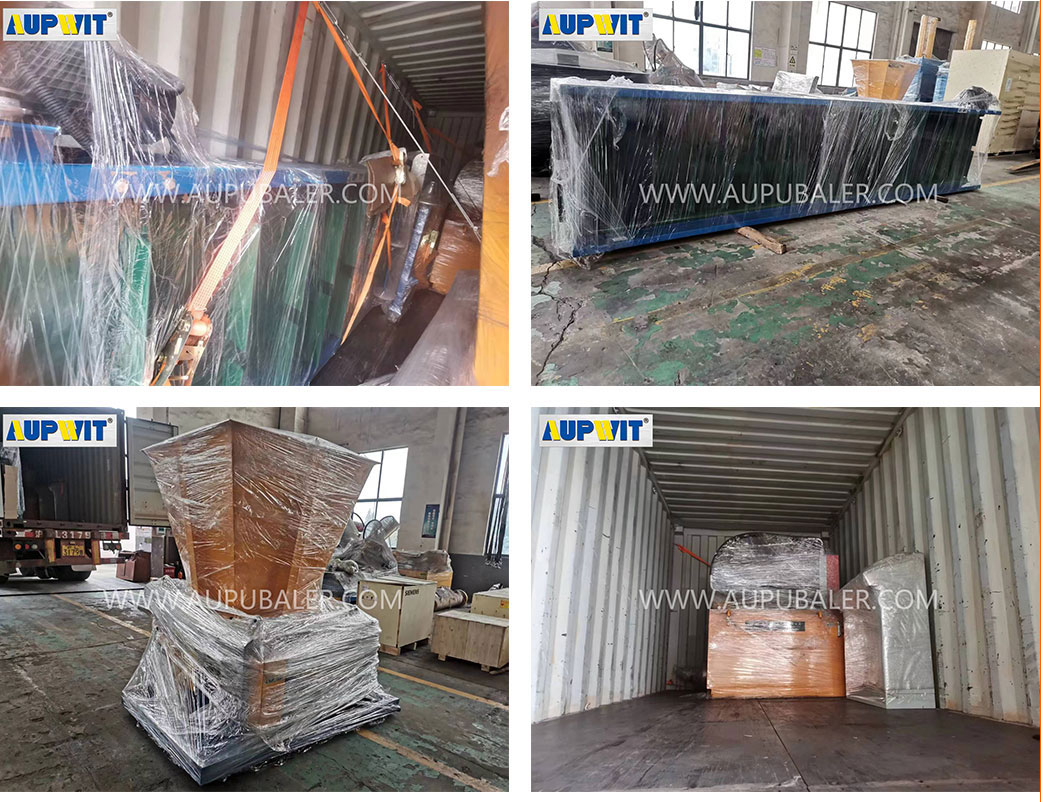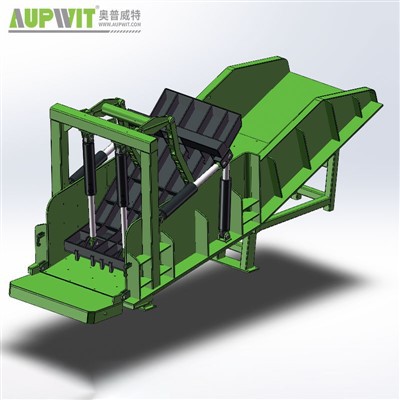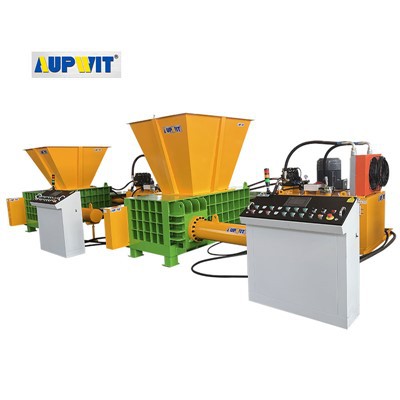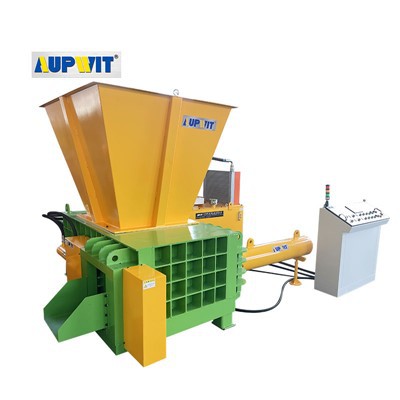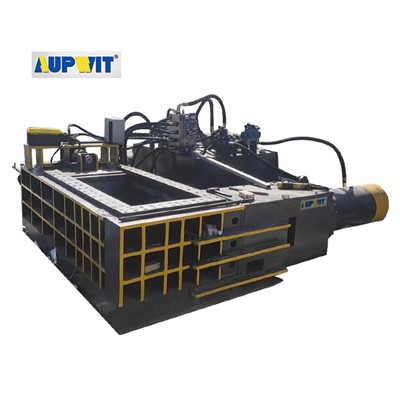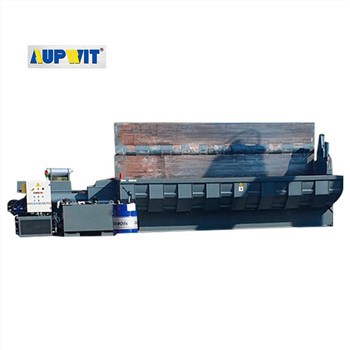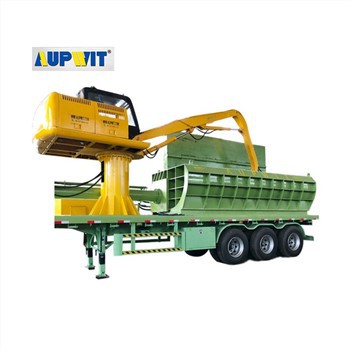1. Hammer crusher
Structural principle: It is mainly composed of crushing chamber, rotor, hammer head, impact plate and other components. There are multiple hammer heads installed on the rotor. When the rotor rotates at high speed, the hammer head will violently impact the metal material entering the crushing chamber to crush it. At the same time, the crushed material will hit the impact plate, be further crushed and rebound, and collide with the hammer head again until the required crushing particle size is reached.
Features: It has the advantages of large crushing ratio, high production capacity, low energy consumption, etc. It can handle metal materials of various shapes and hardness, and is suitable for large-scale metal recycling. However, the hammer head and impact plate are easy to wear and need to be replaced regularly.
2. Jaw crusher
Structural principle: The crushing chamber is composed of a fixed jaw plate and a movable jaw plate. The movable jaw plate is driven by the eccentric shaft to make periodic reciprocating motion to squeeze and bend the metal material entering the crushing chamber. The material is subjected to the effects of extrusion, rubbing and shearing between the two jaw plates, and is gradually broken into small pieces.
Features: It has the advantages of simple structure, strong and durable, easy operation and maintenance, large crushing ratio, and uniform product particle size. It is suitable for coarse and medium crushing of metal materials of various hardness, but the production capacity is relatively low, and it is not suitable for processing materials with high viscosity.
3. Cone crusher
Structural principle: The crushing chamber is mainly composed of a fixed cone and a moving cone. The moving cone performs eccentric rotation in the fixed cone, so that the metal materials entering the crushing chamber are crushed by forces such as extrusion, bending and shearing. The materials are gradually crushed from top to bottom in the crushing chamber and finally discharged from the discharge port.
Features: Smooth operation, small vibration, large production capacity, large crushing ratio, fine and uniform product particle size. It is suitable for medium and fine crushing of metal materials of various hardness, especially for processing hard metal ores. However, the equipment has a complex structure, a high price, and a relatively high maintenance cost.
4. Roller crusher
Structural principle: It consists of two relatively rotating rollers with different shapes and patterns on the surface of the rollers. When the metal material enters between the two rollers, it is crushed by the extrusion and friction of the rollers. By adjusting the gap between the rollers, the particle size of the crushed product can be controlled.
Features: It has the advantages of simple structure, reliable operation, low energy consumption, etc. It can handle wet materials and is not easy to clog. It is suitable for fine and medium crushing of metal materials of various hardness, but the crushing ratio is relatively small and the production capacity is limited.
